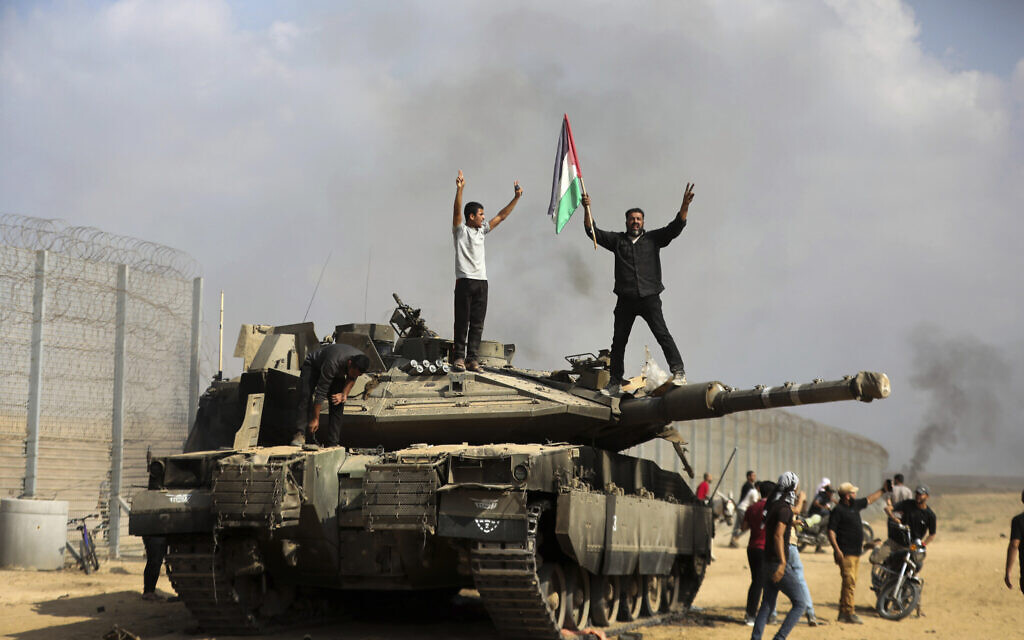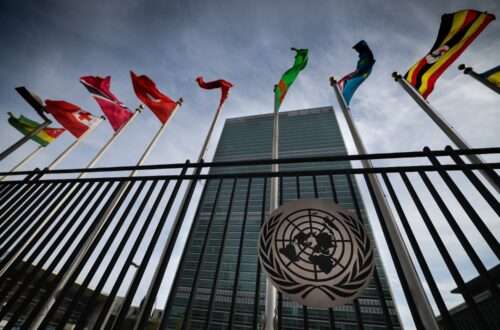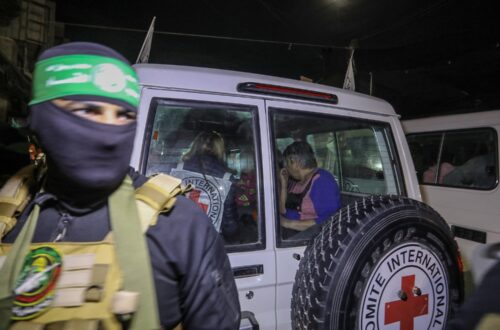For years, the various governments led by Benjamin Netanyahu took an approach that divided power between the Gaza Strip and the West Bank — bringing Palestinian Authority President Mahmoud Abbas to his knees while making moves that propped up the Hamas terror group.
The idea was to prevent Abbas — or anyone else in the Palestinian Authority’s West Bank government — from advancing toward the establishment of a Palestinian state.
Thus, amid this bid to impair Abbas, Hamas was upgraded from a mere terror group to an organization with which Israel held indirect negotiations via Egypt, and one that was allowed to receive infusions of cash from abroad.
Hamas was also included in discussions about increasing the number of work permits Israel granted to Gazan laborers, which kept money flowing into Gaza, meaning food for families and the ability to purchase basic products.
Israeli officials said these permits, which allow Gazan laborers to earn higher salaries than they would in the enclave, were a powerful tool to help preserve calm.
Toward the end of Netanyahu’s fifth government in 2021, approximately 2,000-3,000 work permits were issued to Gazans. This number climbed to 5,000 and, during the Bennett-Lapid government, rose sharply to 10,000.
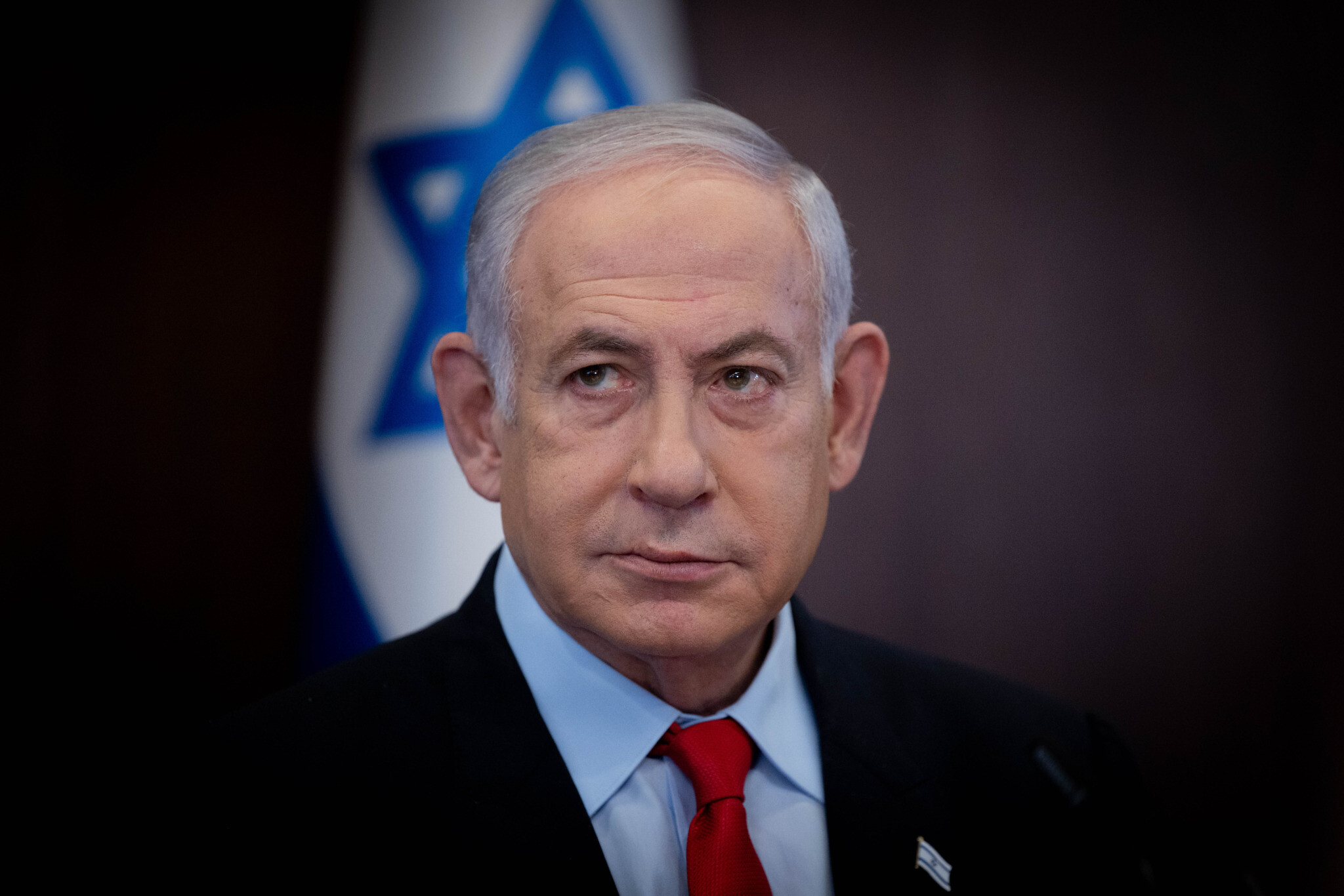
Prime Minister Benjamin Netanyahu leads a government conference at the Prime Minister’s Office in Jerusalem on September 27, 2023. (Chaim Goldberg/Flash90)
Since Netanyahu returned to power in January 2023, the number of work permits has soared to nearly 20,000.
Additionally, since 2014, Netanyahu-led governments have practically turned a blind eye to the incendiary balloons and rocket fire from Gaza.
Meanwhile, Israel has allowed suitcases holding millions in Qatari cash to enter Gaza through its crossings since 2018, in order to maintain its fragile ceasefire with the Hamas rulers of the Strip.
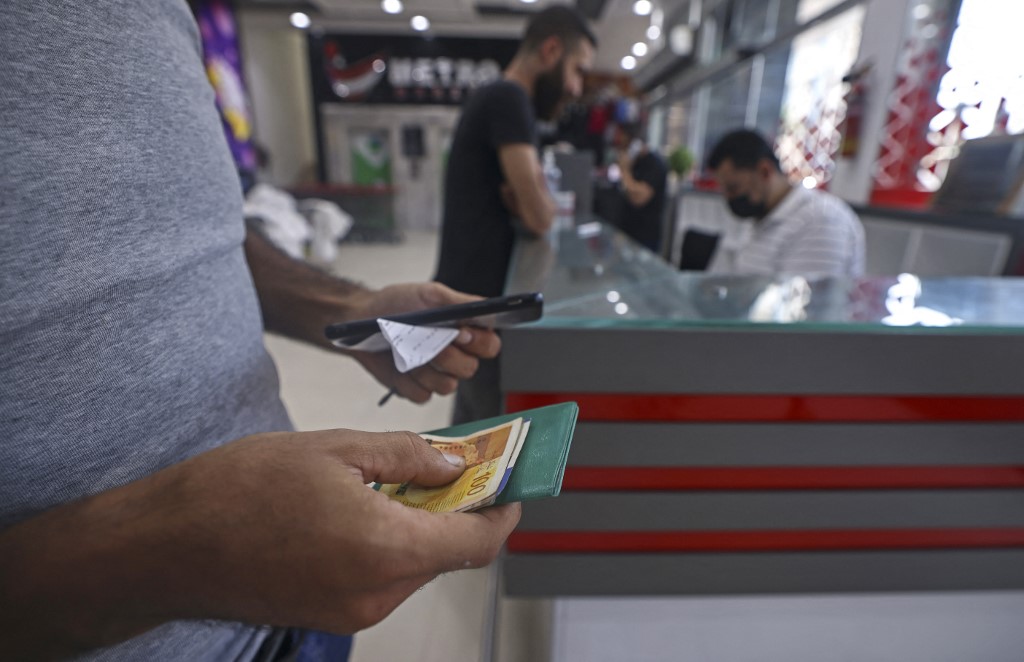
A Palestinian man receives financial aid at a supermarket in Gaza City, on September 15, 2021, as part of the UN’s Humanitarian Cash Assistance program, supported by the state of Qatar. (Mahmud Hams/AFP)
Most of the time, Israeli policy was to treat the Palestinian Authority as a burden and Hamas as an asset. Far-right MK Bezalel Smotrich, now the finance minister in the hardline government and leader of the Religious Zionism party, said so himself in 2015.
According to various reports, Netanyahu made a similar point at a Likud faction meeting in early 2018, when he was quoted as saying that those who oppose a Palestinian state should support the transfer of funds to Gaza, because maintaining the separation between the Palestinian Authority in the West Bank and Hamas in Gaza would prevent the establishment of a Palestinian state.
While Netanyahu does not make these kind of statements publicly or officially, his words are in line with the policy that he implemented.

Palestinian Authority President Mahmoud Abbas looking on as he receives Palestinian athletes in Ramallah in the West Bank on August 4, 2023. (Wissam KHALIFA/PPO/AFP)
The same messaging was repeated by right-wing commentators, who may have received briefings on the matter or talked to Likud higher-ups and understood the message.
Bolstered by this policy, Hamas grew stronger and stronger until Saturday, Israel’s “Pearl Harbor,” the bloodiest day in its history — when terrorists crossed the border, slaughtered hundreds of Israelis and kidnapped an unknown number under the cover of thousands of rockets fired at towns throughout the country’s south and center.
The country has known attacks and wars, but never on such a scale in a single morning.
One thing is clear: The concept of indirectly strengthening Hamas — while tolerating sporadic attacks and minor military operations every few years — went up in smoke Saturday.
Just a few days ago, Assaf Pozilov, a reporter for the Kan public broadcaster, tweeted the following: “The Islamic Jihad organization has started a noisy exercise very close to the border, in which they practiced launching missiles, breaking into Israel and kidnapping soldiers.”
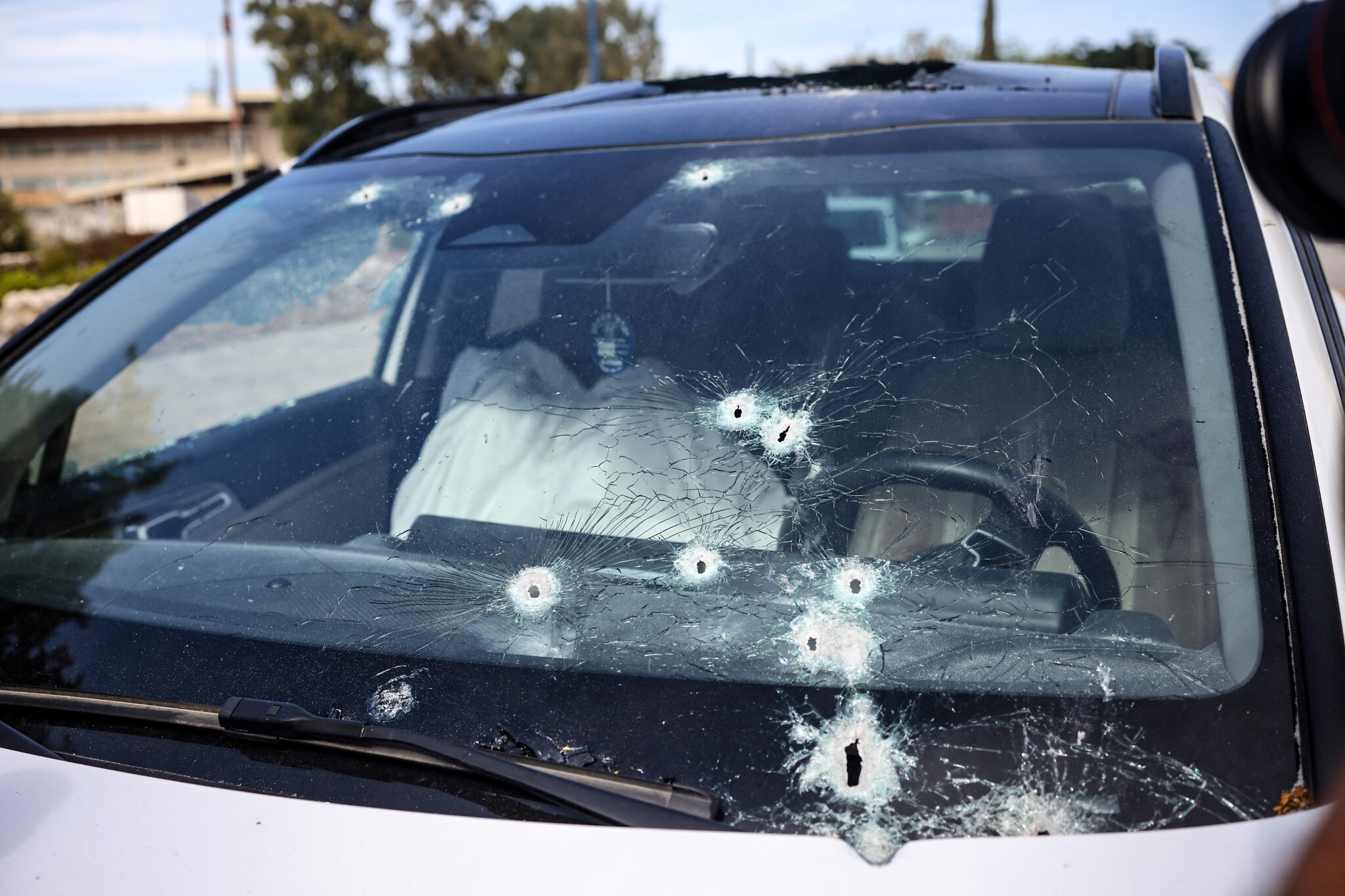
The body of a person killed by Hamas terrorists lies covered inside a bullet-riddled car in the southern city of Sderot on October 7, 2023 (Oren ZIV / AFP)
The difference between Islamic Jihad and Hamas doesn’t matter much at this point. As far as the State of Israel is concerned, the territory is under the control of Hamas, and it is responsible for all the training and activities there.
Hamas became stronger and used the auspices of peace that Israelis so longed for as cover for its training, and hundreds of Israelis have paid with their lives for this massive omission.
The terror inflicted on the civilian population in Israel is so enormous that the wounds from it will not heal for years, a challenge compounded by the dozens abducted into Gaza.
Judging by the way Netanyahu has managed Gaza in the last 13 years, it is not certain that there will be a clear policy going forward.

